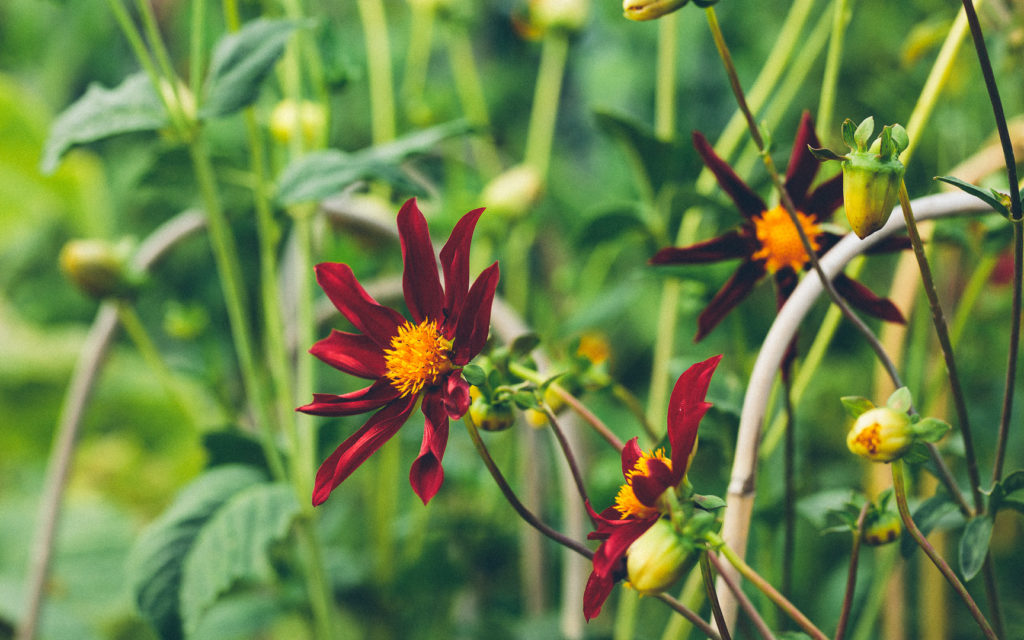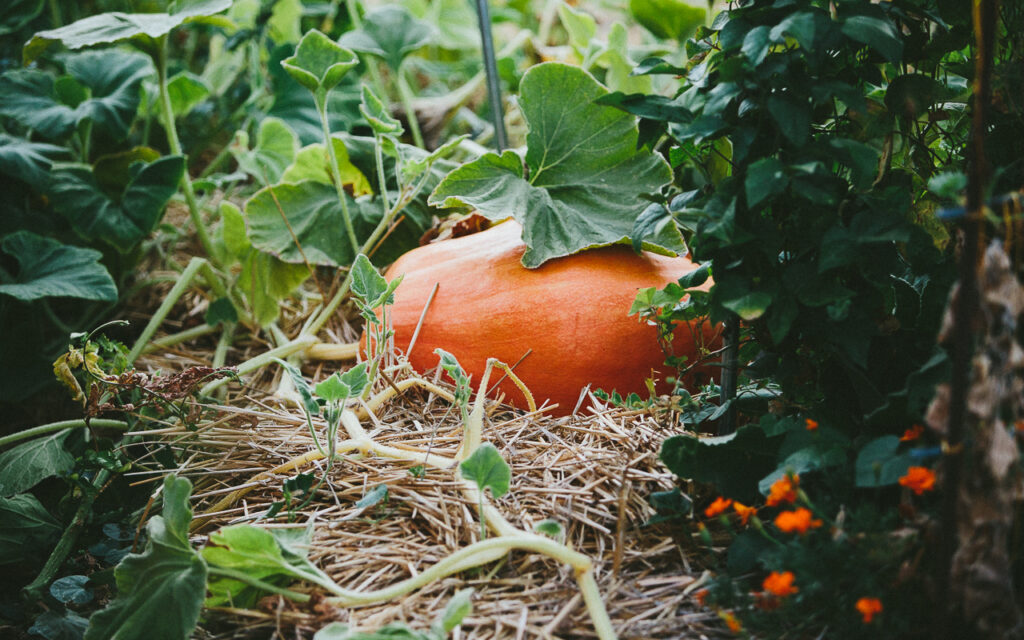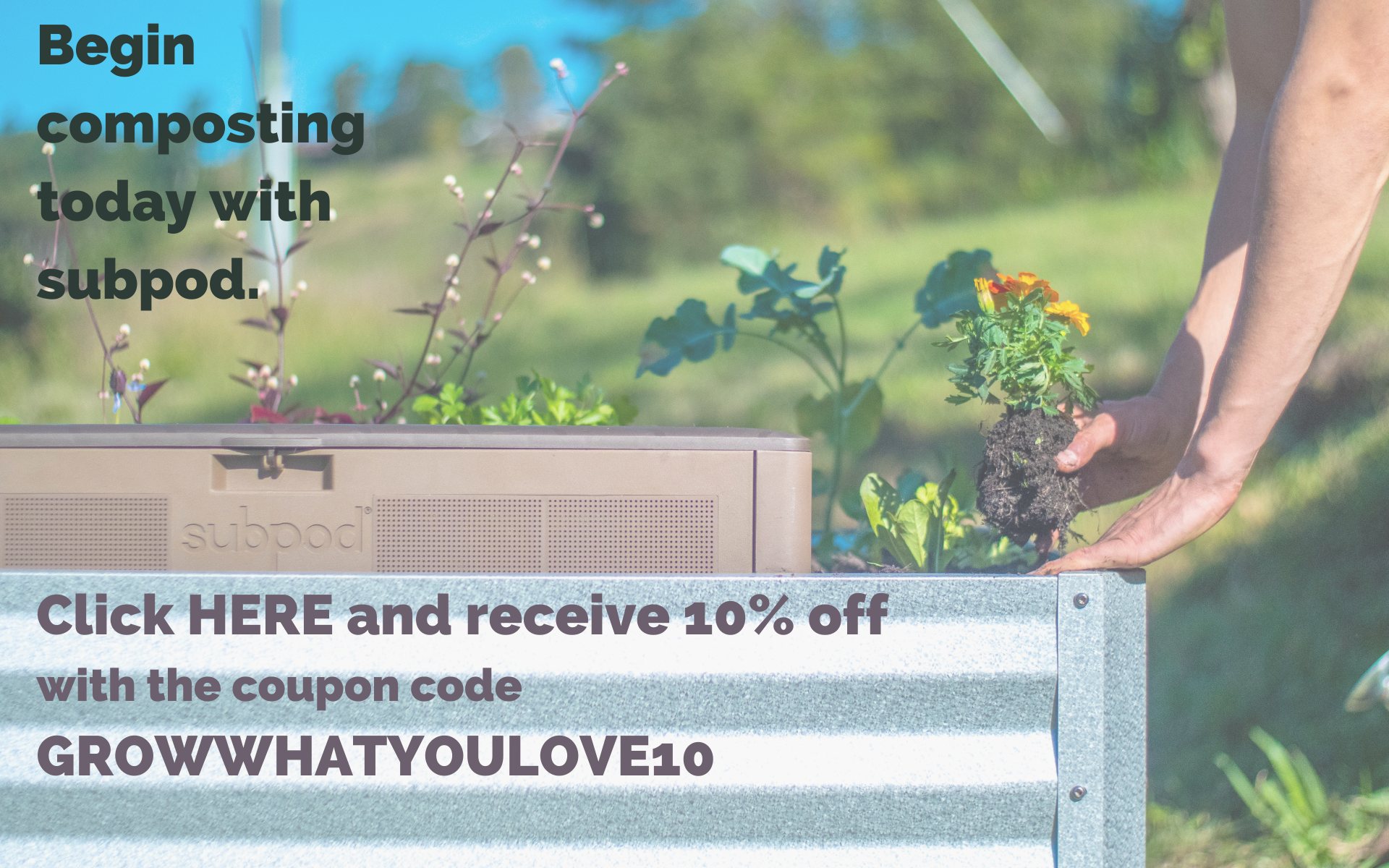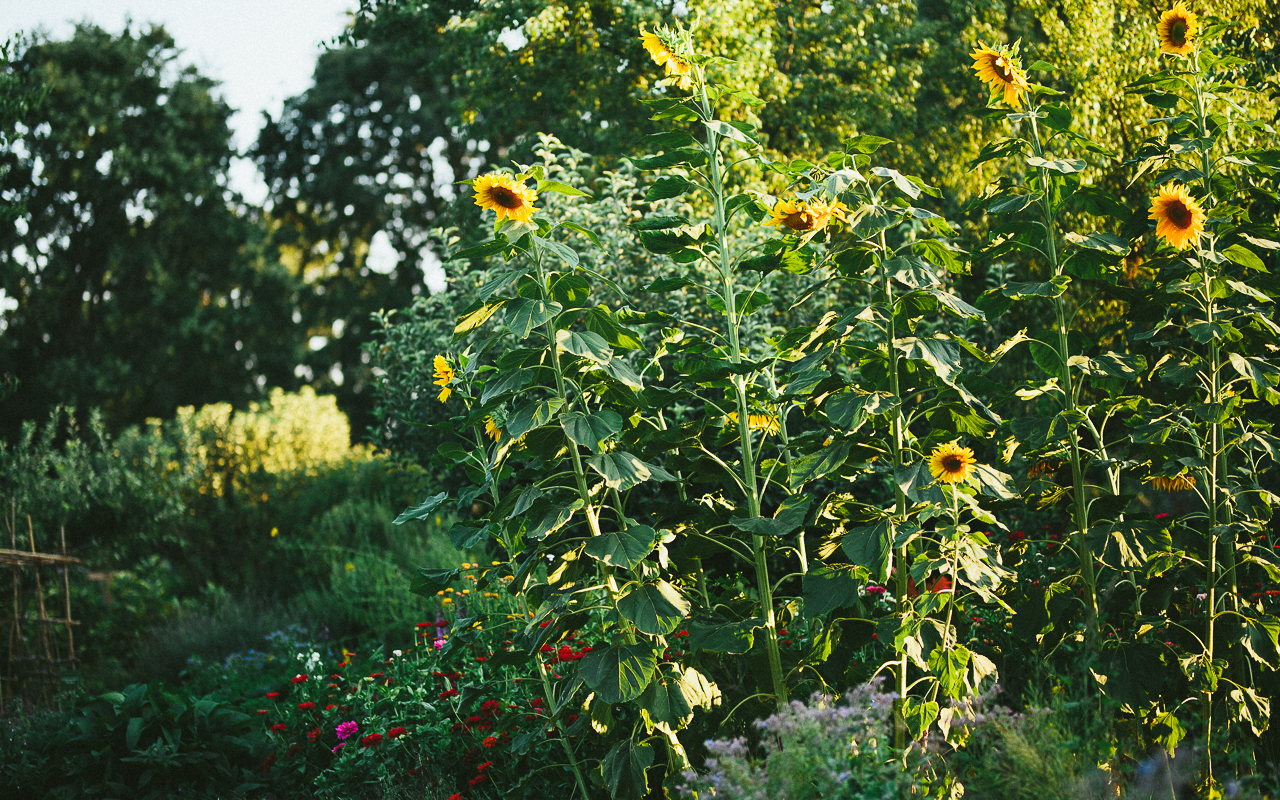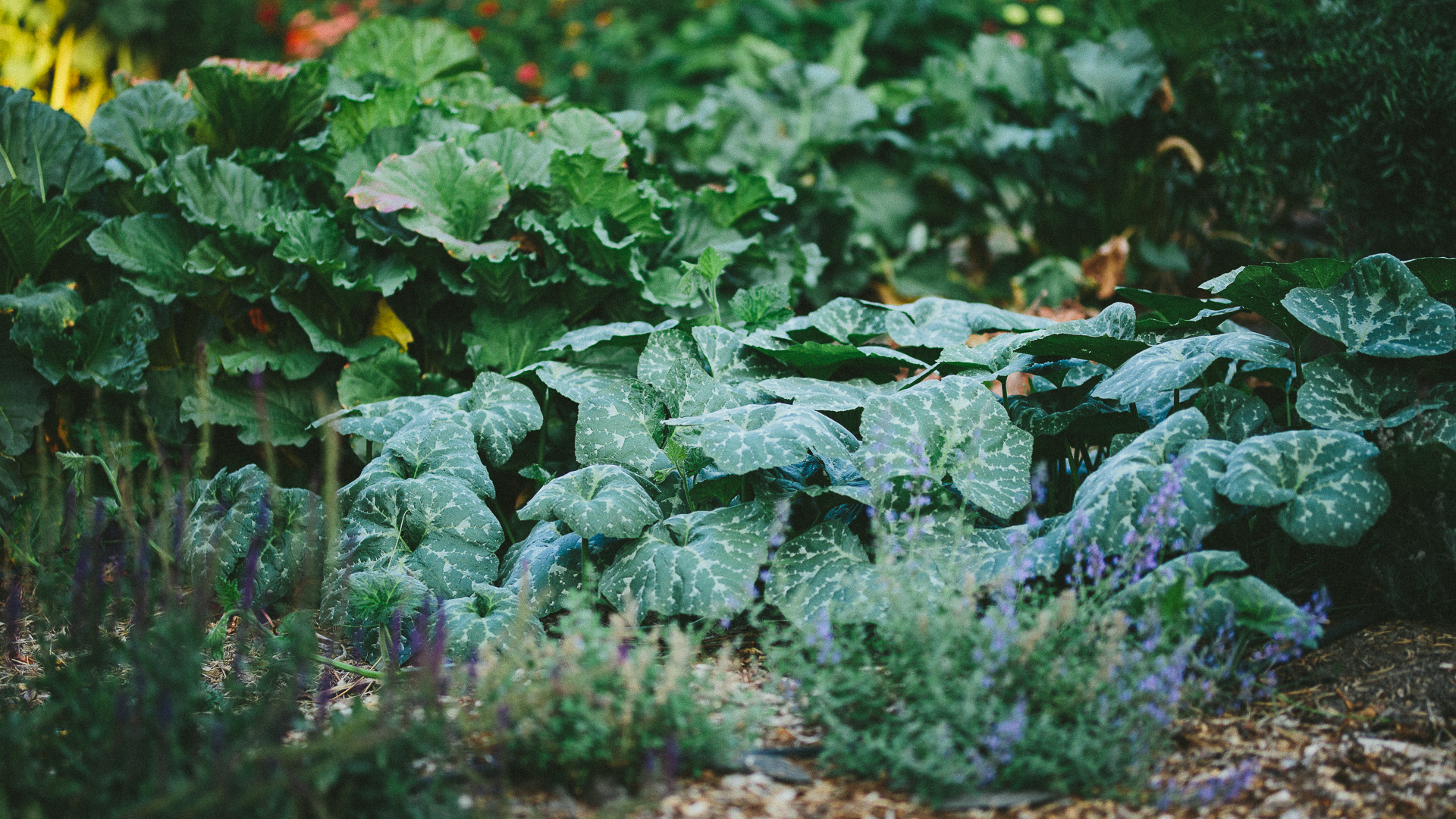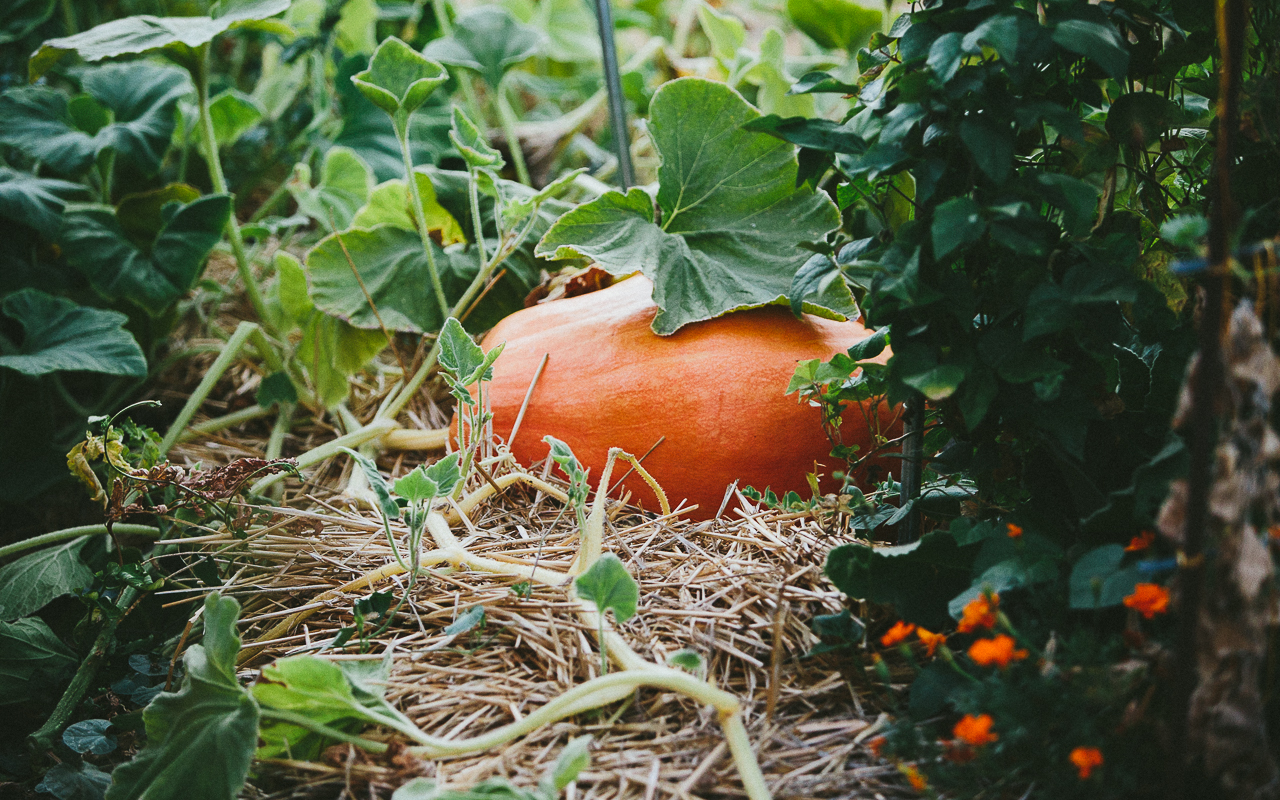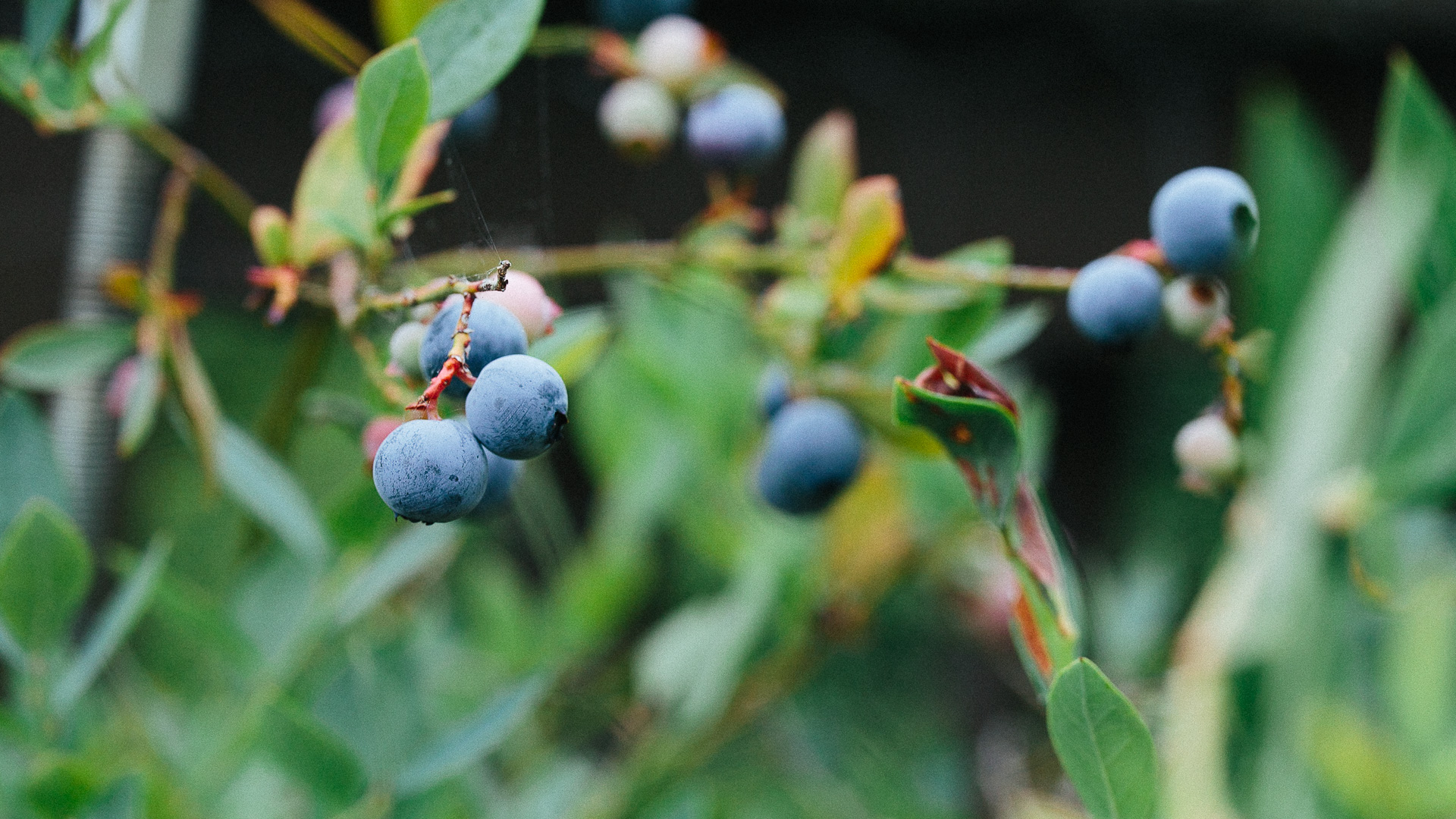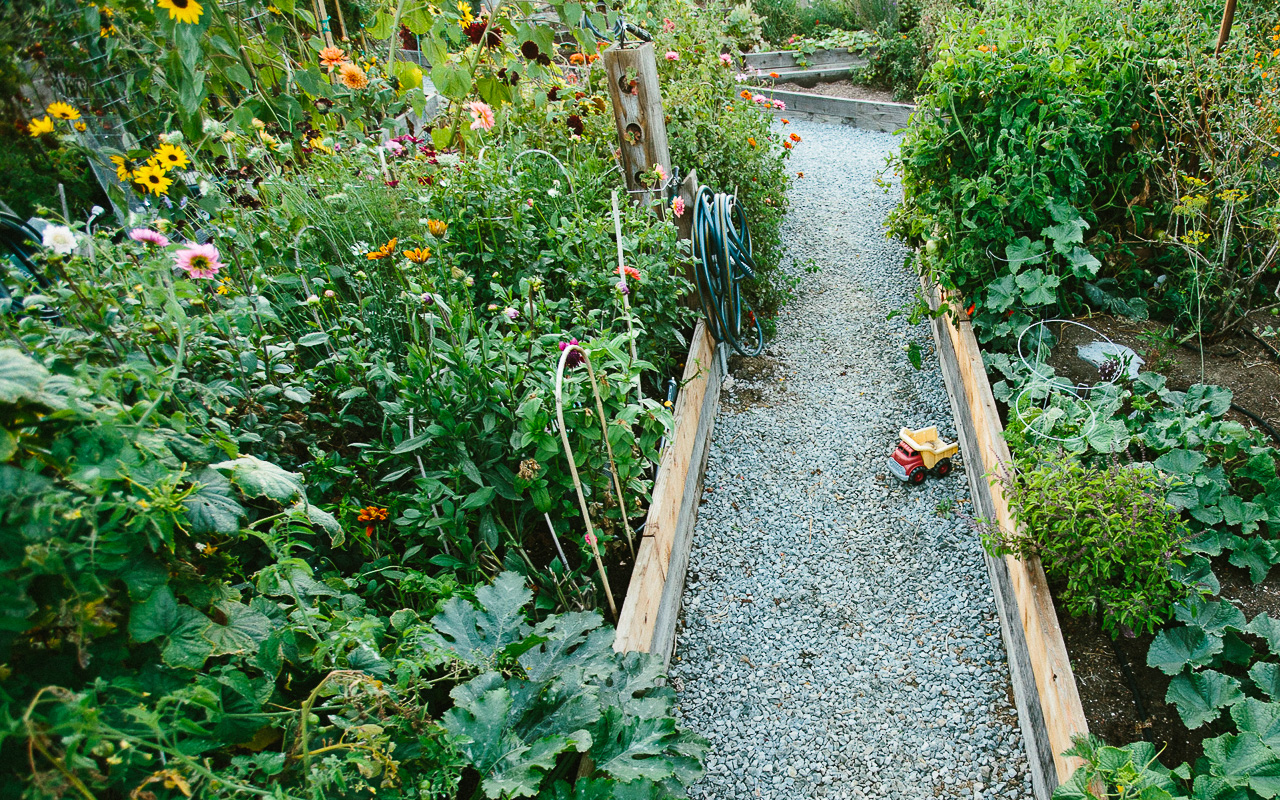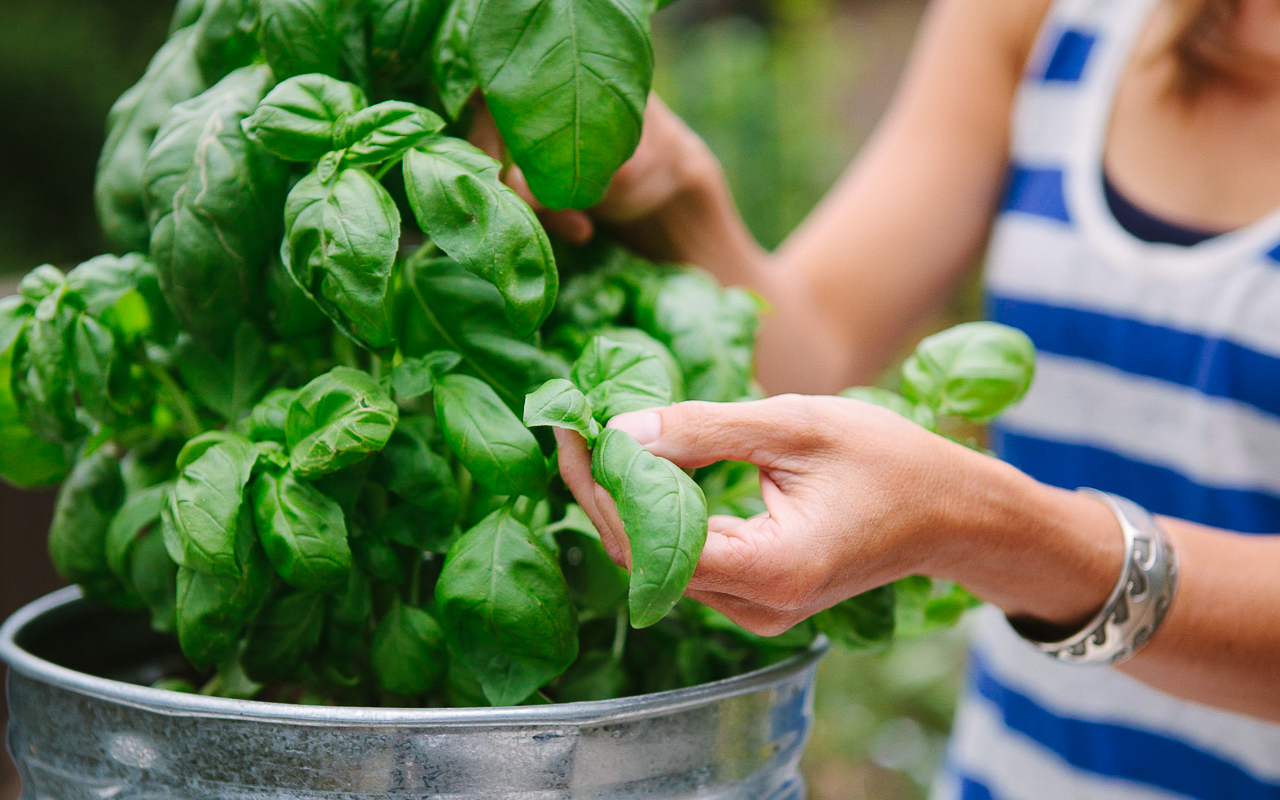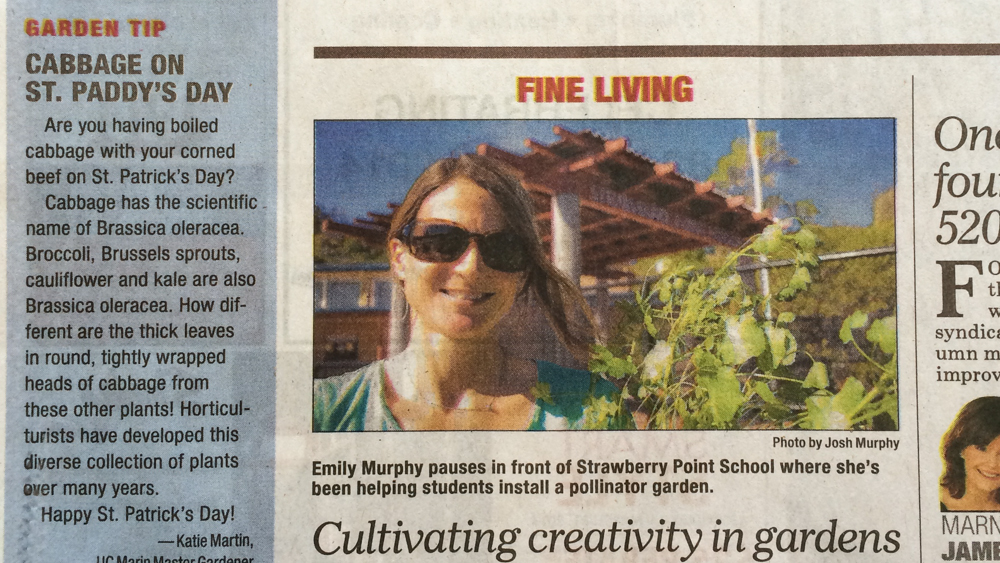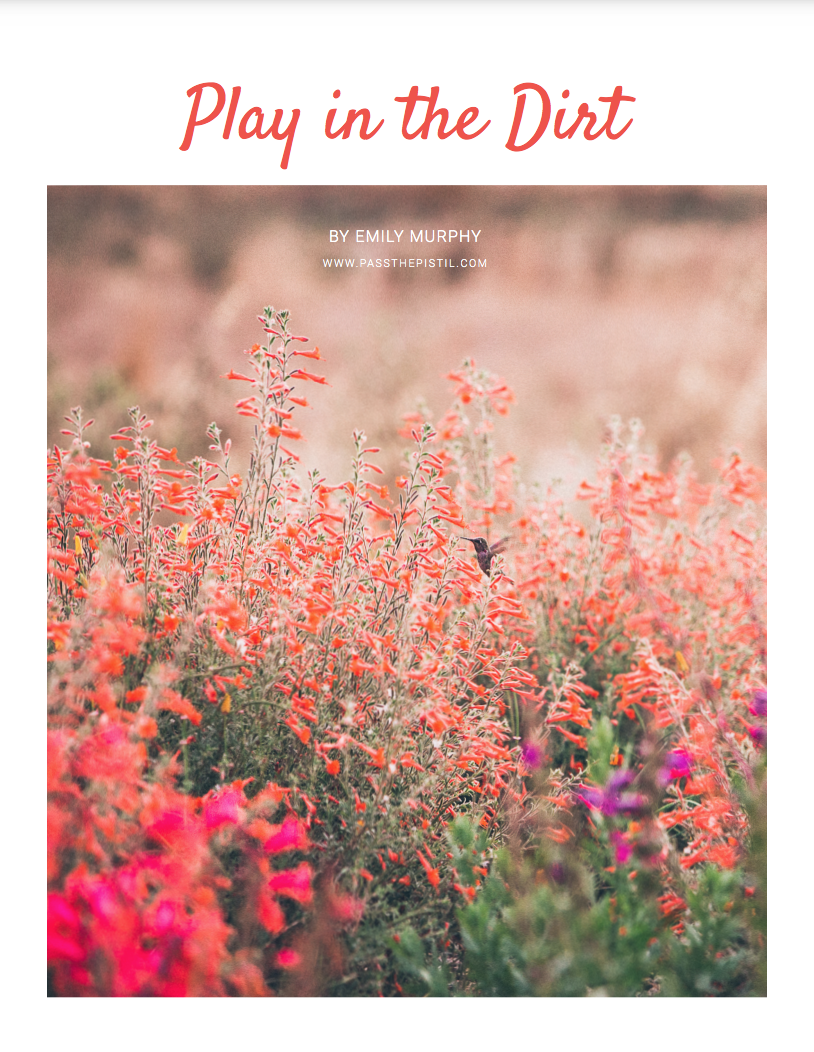How to Start a No Dig Garden
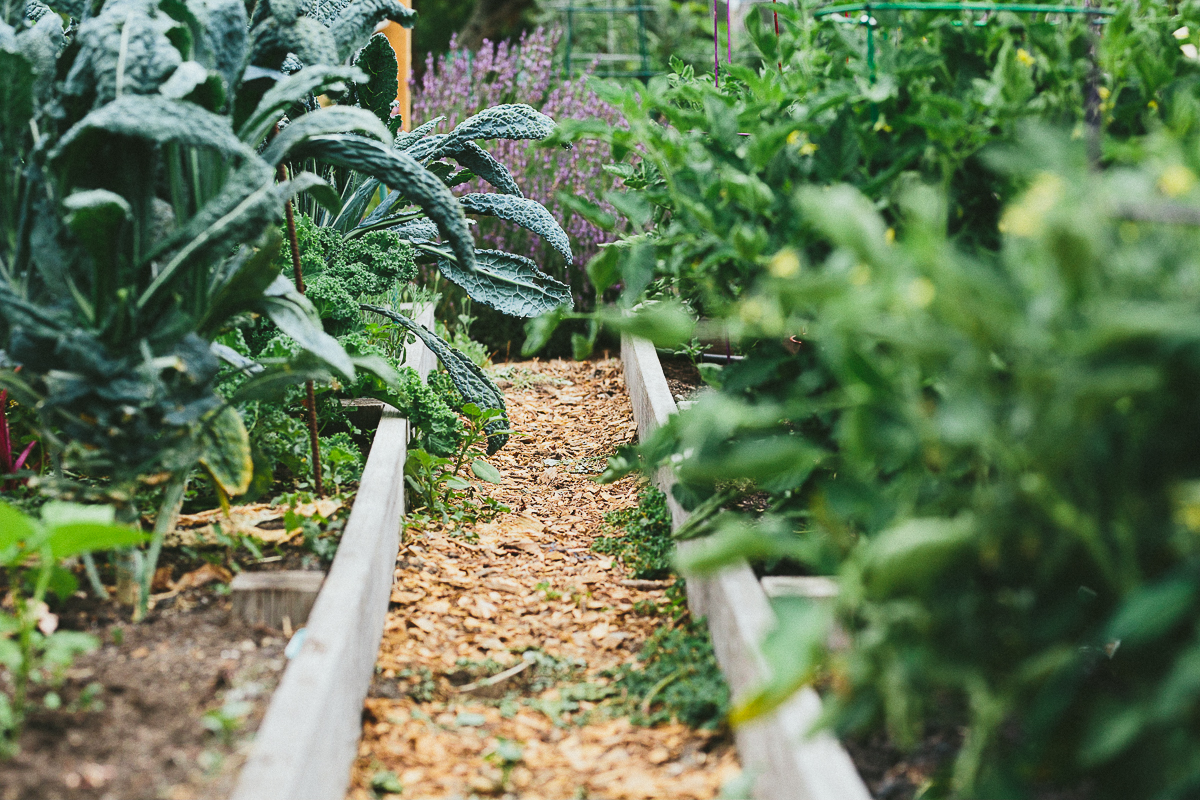

Photo by Emily Murphy
If you’d like to understand how to start a no dig garden but aren’t sure where to begin, it’s first important to think like an ecosystem. How does nature plant itself? Then use the basic principles outlined below, experiment, and learn as you grow.
What is No Dig Gardening?
While it might seem counter-intuitive to grow a garden without digging, take a moment to consider how nature grows best. Leaf litter and debris from trees, perennials, and annuals drops to the ground where it collects, creating rich, earthy humus. Animals such as birds, worms, and moles go about their business eating, pooping, depositing seeds, and working soil naturally thanks to their daily routines.
Sure, you could argue digging is involved in the process because animals like voles and ground squirrels living beneath the soil surface burrow tunnels and inadvertently till the earth. But that’s just it. Nature is doing the work.
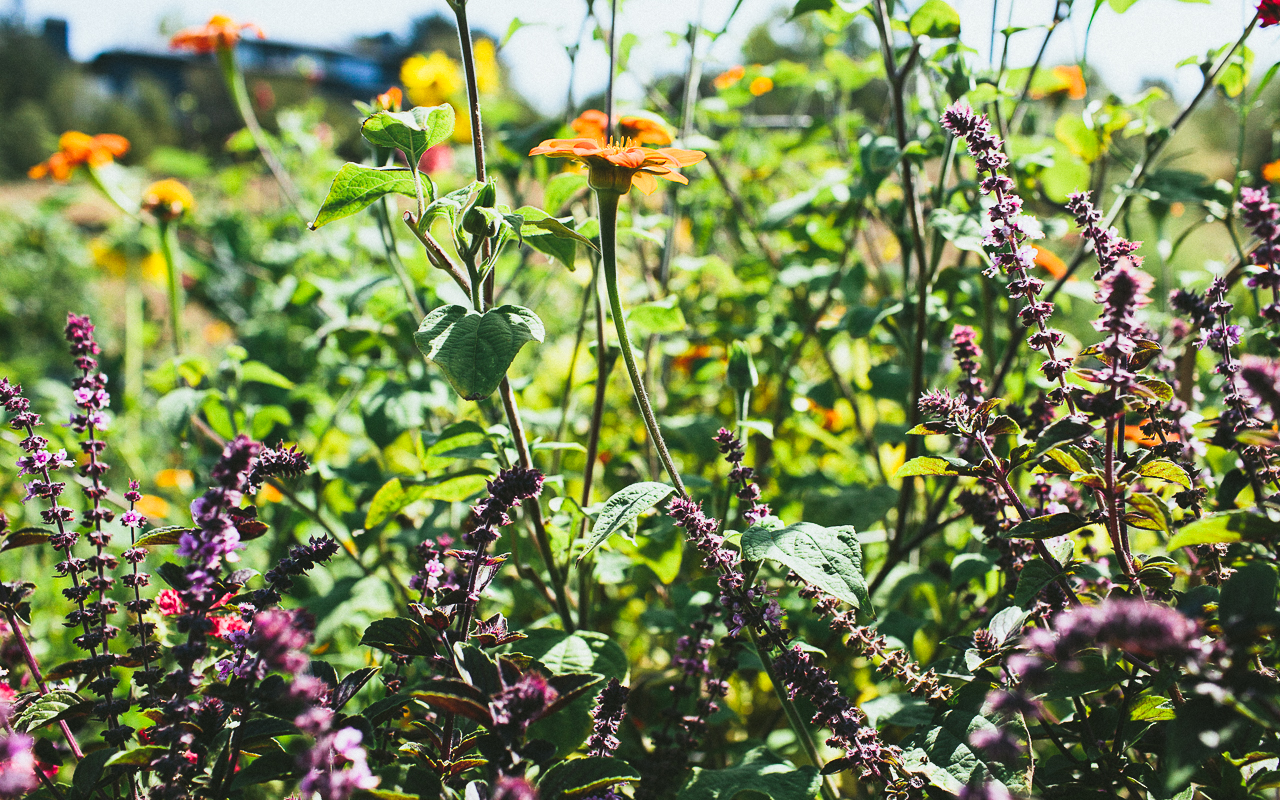
Photo by Emily Murphy
Charles Dowding, one of the first champions of no dig growing, has helped clarify the process through rigorous experimentation and bountiful crops. Suppose you copy nature as best as possible and apply healthy doses of organic matter such as compost to the soil surface? In that case, there’s no need to dig. You can plant directly in compost. Over time, cultivated garden soil isn’t just a planting medium but an ecosystem packed with biodiversity.
In reality, no dig gardening asks you to reframe the conversation around growing. How can you think like an ecosystem and work with nature, rather than bash it to bits with a tiller or trowel?
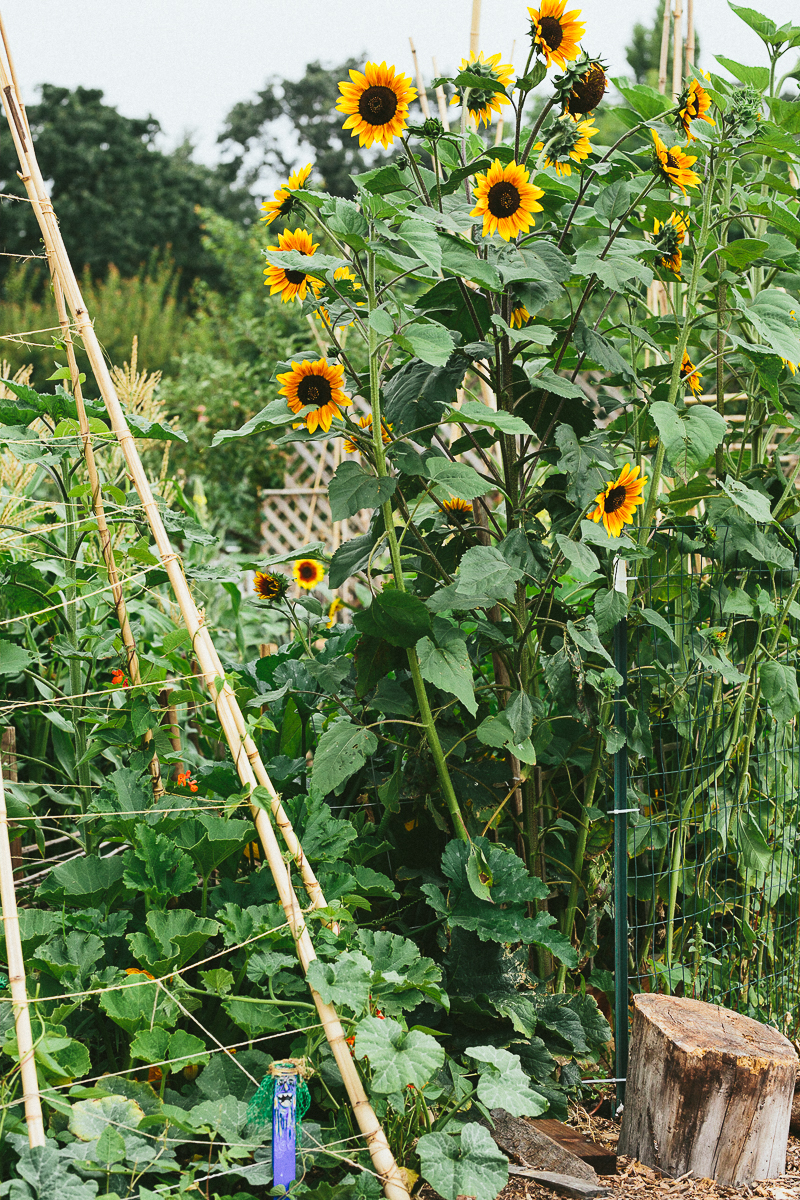
Photo by Emily Murphy
Why Grow a No Dig Garden
Healthy soil is filled with life. According to Kathy Merrifield, a retired nematologist at the Oregon State University, a single teaspoon of soil can contain “up to a billion bacteria, several yards of fungal filaments, several thousand of protozoa, and scores of protozoa, and scores of nematodes.”
A single teaspoon of soil can contain “up to a billion bacteria, several yards of fungal filaments, several thousand of protozoa, and scores of protozoa, and scores of nematodes.”
These microorganisms, along with a host of animals such as worms, beetles, and millipedes, are essential components of a flourishing soil ecosystem. When they work together with little disturbance from us, they’re better able to help plants grow.
The relationship of plants, soil life, and animals living above ground have co-evolved for millions of years. At the micro-level, we find that plants deliver carbon and other sun-kissed phytonutrients to soil microbes through their root systems in exchange for hard to find minerals and water. Think of it as an underground superhighway or a complex matrix of roots, fungi, bacteria, and other organisms. When this superhighway is intact and disturbed as little as possible, our gardens thrive.
The no dig method optimizes what nature does best, and it comes with several fringe benefits.
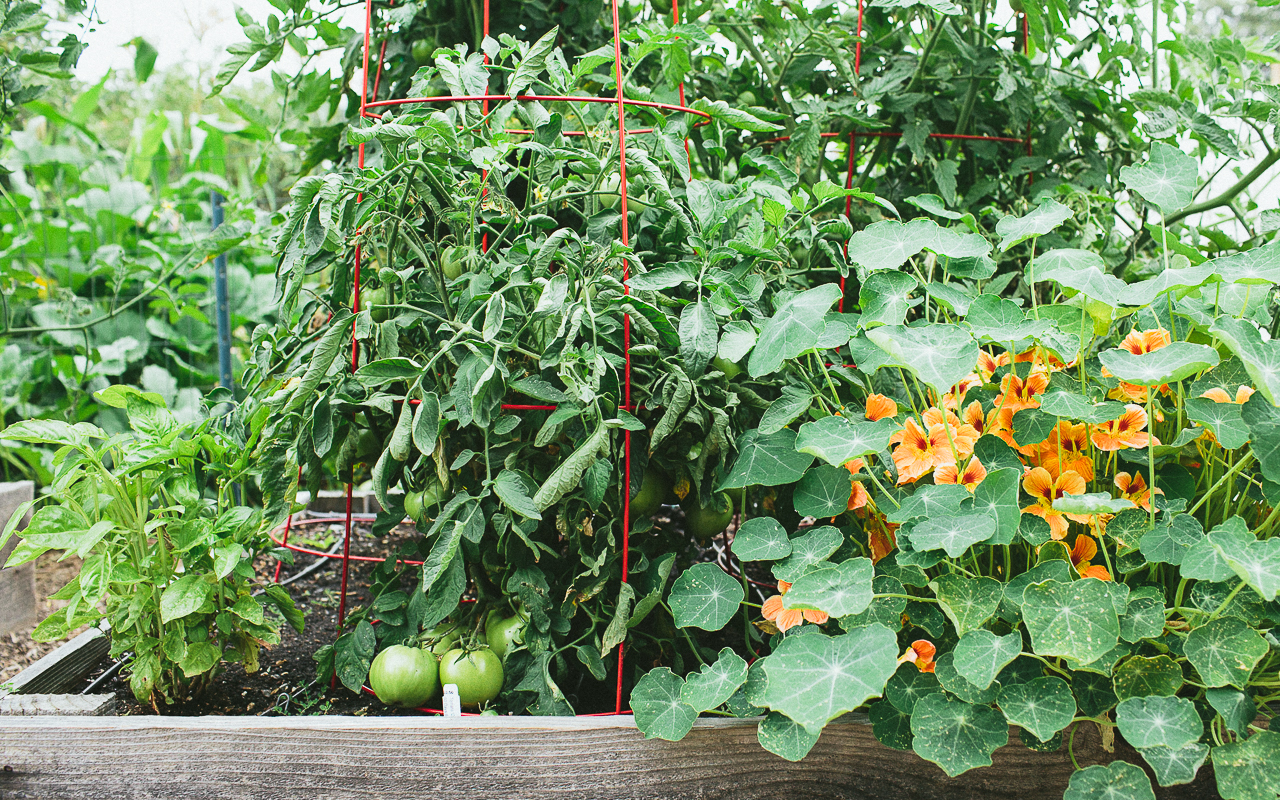
Photo by Emily Murphy
7 Benefits of No Dig Gardening
- Cultivates healthy, balanced soil with excellent structure and tilth
- Provides the nutrition and environment that plants need to thrive
- Produces fewer weeds (because they’re not tilled to the surface but buried)
- Is easy to care for (because there’s no need to dig)
- Soil is better equipped to hold moisture (you can then water less, decrease run-off, and erosion)
- Fosters a soil ecosystem that naturally supports the greater ecosystem and biodiversity
- Is more apt to sequester carbon
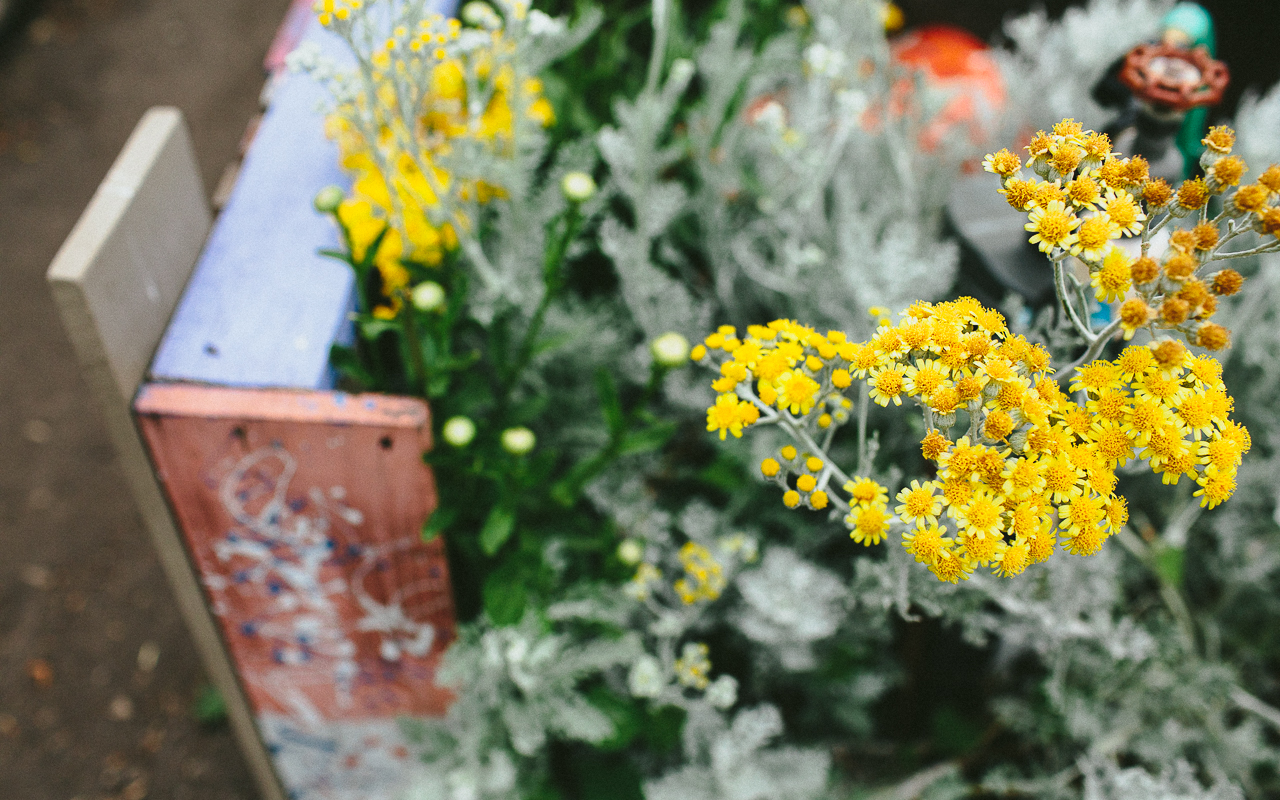
Photo by Emily Murphy
How to No Dig
There’s more than one approach to no dig gardening. The method best for you depends on your particular site and needs. In general, it’s important to note that no dig gardening requires more compost from the outset, which can be expensive or labor-intensive to make. However, like with anything, the work you do in the beginning will create a garden system that needs less work in the long run. In fact, your garden will function with little help from you outside of a yearly or biannually helping of compost and necessary tending.
One approach is to apply approximately 6 inches of compost to the soil surface. If you’re working with small sprouts or seeds, set aside the finest compost for the top layer. It’s okay to plant directly in compost. Just keep in mind the size of plants and the coarseness of the compost. For instance, small plants grow best in fine compost, where it’s easier for them to establish roots.
Another approach is to use sheet mulching or lasagna gardening. This is a helpful method if you have plenty of raw materials but not copious amounts of compost or if you’re working with heavy clay.
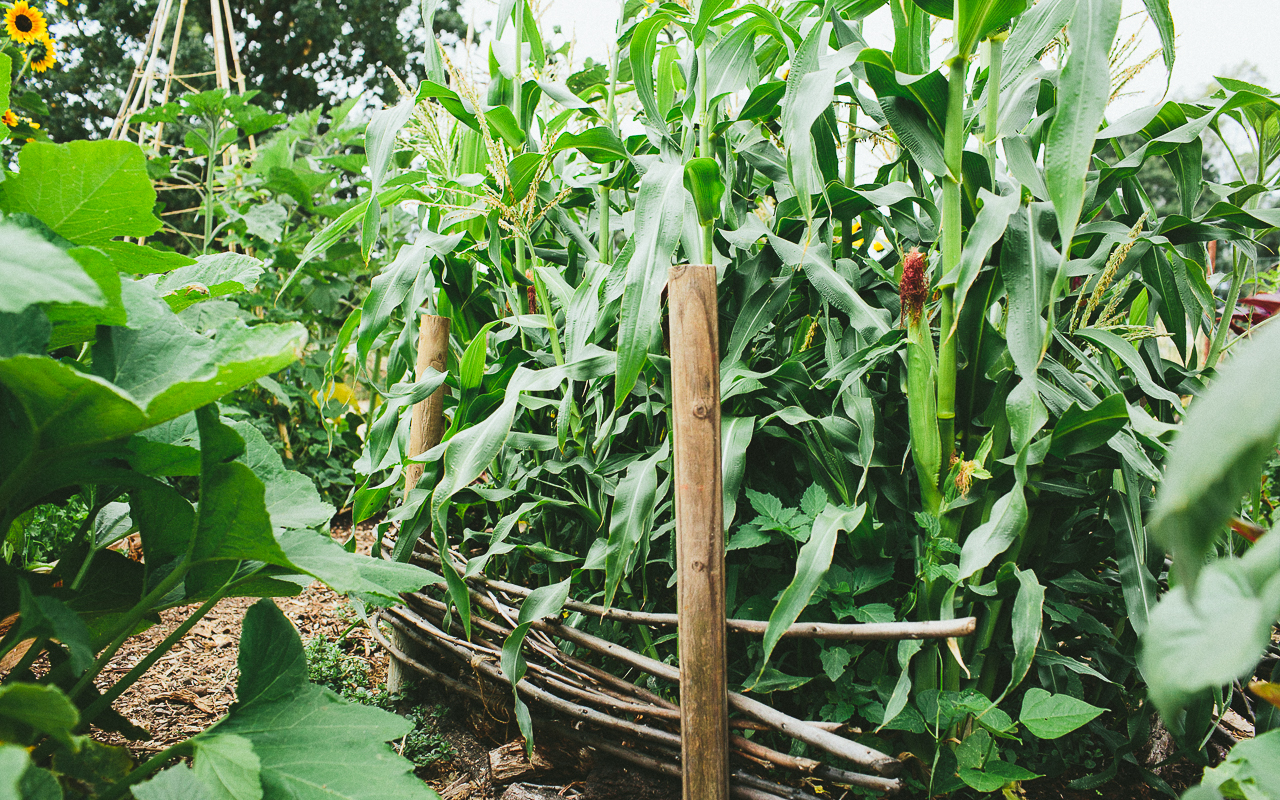
Photo by Emily Murphy
To Sheet Mulch
- Place 4 sheets of newspaper or a single layer of cardboard over the soil surface and then top with compost.
- If it’s a food garden, use compost made with various materials, including kitchen scraps.
- If you’re creating a perennial garden or flower border, place an inch or two of compost over your initial layer of newspaper or cardboard. Then top this compost layer with mulch such as wood chips or bark.

Photo by Emily Murphy/Layering in Progress
To Create a Lasagna Garden
With lasagna gardening (or hügelkulture) you’re basically composting in place. When creating a lasagna garden, remember it doesn’t have to be exact. Use the materials you have on hand and, again, layer much like you would a compost pile with alternating browns and greens. (See the Grow What You Love book for more on composting.)
- Place a layer of twigs or broken up sticks on the bottom layer. I suggest adding a layer of cardboard or newspaper below this twig layer if you’re converting a lawn or placing a garden on an unusually weedy or tough location.
- Next, place layers of organic materials, one on top of the other as you would a compost pile. Start with coarse organic matter such as green waste.
- Grass clipping or another compost activator such as comfrey leaves or herbs is next. You can also add food scraps, coffee grounds, or spent tea leaves to this layer.
- Leaves, leaf mold, or chopped leaves is an excellent next layer. If you don’t have leaves, use another organic material trending toward brown.
- Add compost or a mix of composted manure and compost to the next layer. Perhaps some wood ash too.
- Save the finest compost for the top layer.
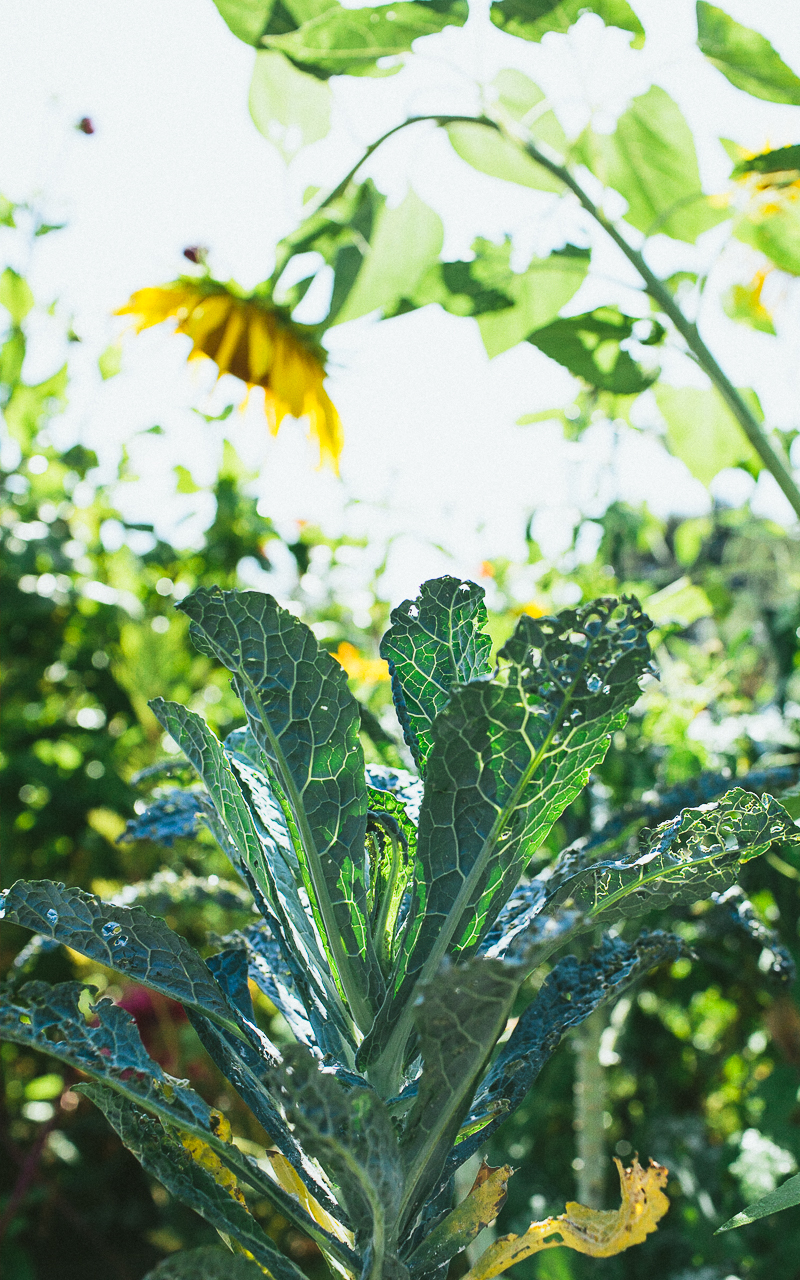
Photo by Emily Murphy
No Dig in Raised Beds
It’s possible to use these same methods for no dig gardening in raised beds. One pro-tip is to fill your raised beds with lasagna style layering from the beginning. Then you don’t have to import or buy soil, but make your own instead.
When Planting in a No Dig Garden
When planting, create a planting hole just big enough for the plant at hand. Pull the soil back with a small trowel, your hands, or a chopstick or pencil (for teeny seedlings) and tuck them in, pushing the soil back in place around the roots. Just be sure plants have good root to soil contact.
Caring For a No Dig Garden
Plan to add a 2 to 4-inch layer of compost to veggie beds once or twice a year in fall and/or spring. If it’s a perennial garden, add a thin layer of compost topped with mulch or simply mulch if it’s an existing bed with good soil.
Other articles you might enjoy:
Bee Friendly Plants For Your Garden
5 Reasons to Shrink Your Lawn and Mow Less
How to Grow Blueberries, Identify Weeds, and Choose the Best Plants
Listen
Buy The Book
Special offers
Newsletter Signup
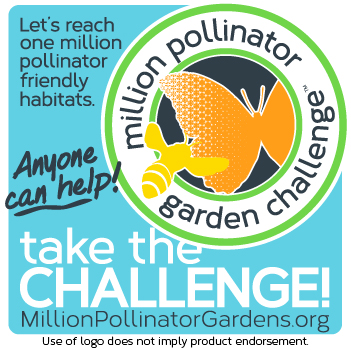
Archives
Disclosure
Pass The Pistil is a participant in the Amazon Services LLC Associates Program and other affiliate programs such as Etsy, affiliate advertising programs designed to provide a means for sites to earn fees by advertising and linking to curated affiliate sites.

